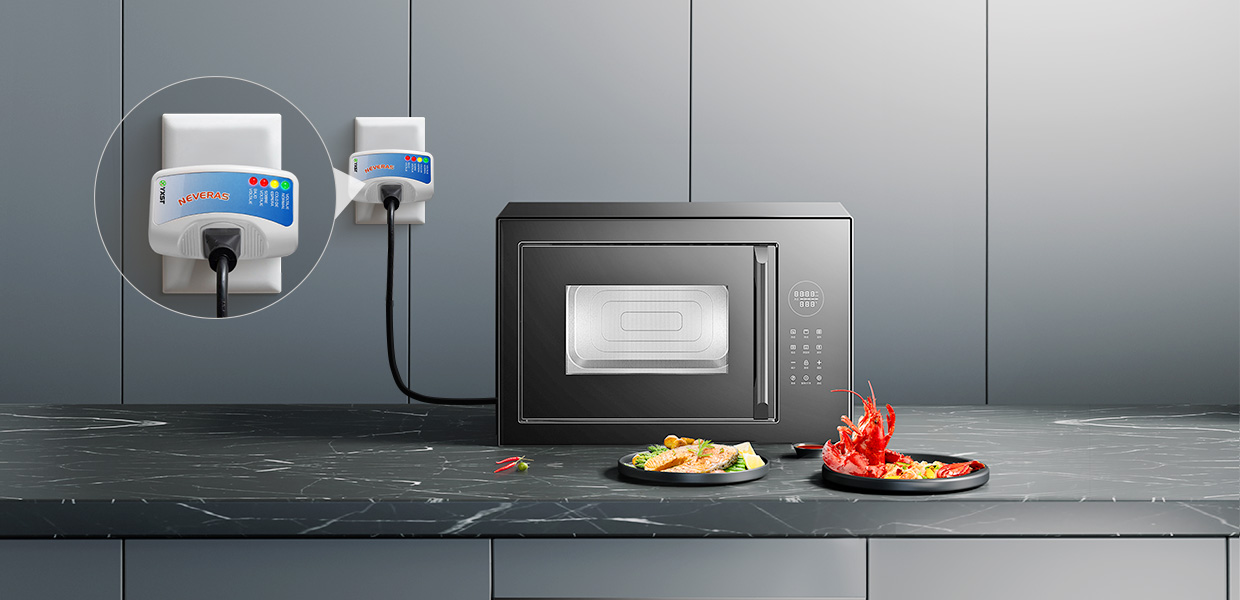The terms “surge protector” and “voltage spike guard” are often used interchangeably, but there are subtle distinctions based on technical context, regional terminology, and marketing:
- Core Functionality
Surge Protector:
Primarily guards against power surges—sudden, prolonged increases in voltage (lasting milliseconds) caused by events like lightning strikes, grid switching, or appliance overloads.
Uses components like Metal Oxide Varistors (MOVs) or gas discharge tubes to divert excess voltage to the ground.
Rated in joules (e.g., 1000+ joules), indicating total energy absorption capacity over time.


Focuses on voltage spikes—extremely short, sharp increases in voltage (microseconds), often from static discharge or inductive load switching.
May use similar technology (e.g., MOVs) but might emphasize faster response times for brief events.
Sometimes marketed as a “spike guard,” particularly in regions like India.
- Terminology and Marketing
Regional Preferences:

“Surge protector” is common in North America, while “spike guard” is frequently used in South Asia and other regions.
Marketing may highlight “spike guard” for smaller, quicker threats, but technical overlap exists.
- Design and Features
Surge Protectors:
Often include additional features like EMI/RFI filtering (to reduce electrical noise), USB ports, or circuit breakers.
Higher joule ratings suggest better protection for sustained surges.

May be simpler, resembling basic power strips with surge suppression.
Sometimes lack advanced features but still address short-duration spikes.
- Standards and Certifications
Both may adhere to standards like UL 1449 (for surge protection) or IEC 61643, ensuring safety and performance.
Surge Protector VS Voltage Spike Guard Key Takeaway
Technical Overlap: Both devices protect against over-voltage events using similar mechanisms (e.g., MOVs). The difference often lies in terminology, regional usage, or emphasis on specific threats (spikes vs. surges).
Practical Choice: Look for joule ratings, response time (nanoseconds), and certifications rather than relying solely on the name. A high-quality “surge protector” will handle both surges and spikes, while a “spike guard” might offer basic protection for minor spikes.
In essence, the distinction is more about semantics and marketing than fundamental technology. Always check specifications to ensure adequate protection for your devices.




